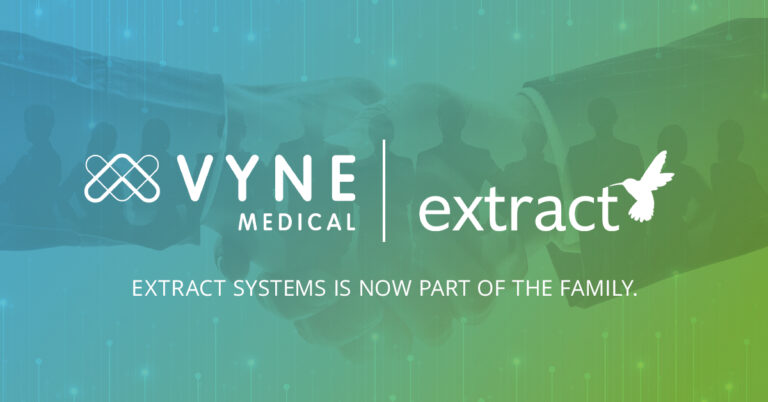
Intelligent Document Processing vs. Robotic Process Automation
In the changing world of business process optimization, two technologies, Intelligent Document Processing (IDP) and Robotic Process Automation (RPA), have emerged as tools changing the way organizations handle data and improve operations. While they both automate processes, there are significant differences between IDP and RPA, so it is important to understand those differences before investing in new technology.
Intelligent Document Processing (IDP) is designed to handle unstructured data found in documents. IDP uses technologies like Optical Character Recognition (OCR), natural language processing, and machine learning to classify and extract information from diverse document types.
Robotic Process Automation is a designed to automate rule-based, repetitive tasks by using software robots or “bots.” RPA is ideal in scenarios where structured data and rules define the workflow. BOT’s can seamlessly interact with various third-party applications and websites, replicate human actions, and complete repetitive tasks.
While it may seem like IDP and RPA overlap in some functions, they have different use cases in organizations. RPA is ideal for workflows that require end-to-end process automation with clearly defined tasks and structured workflows. There’s no sense in using your competent staff to repeatedly complete work that requires little to no decision making.
In contrast, IDP specializes in understanding and extracting information from unstructured documents, making it an ideal solution for dealing with data in unstructured formats. Rather than replacing an organization’s most routine work, these types of solutions create efficiencies in the outliers. IDP solutions are great for finding the information you need when it’s presented in a format you’ve never seen before. Just as you wouldn’t want your staff stuck in your easiest documents, you wouldn’t want them trapped in your most difficult ones either.
Organizations often leverage both technologies in tandem. RPA can manage the flow of structured data between systems, while IDP dives into the complexities of unstructured data, capturing information from documents that would otherwise require costly and often time error prone human intervention.
Organizations must assess their unique requirements to determine whether RPA, IDP, or a combination of both aligns with their goals. Automation is not going to be a one-size-fits-all approach. Technologies that complement each other can provide a comprehensive approach to business process automation.


